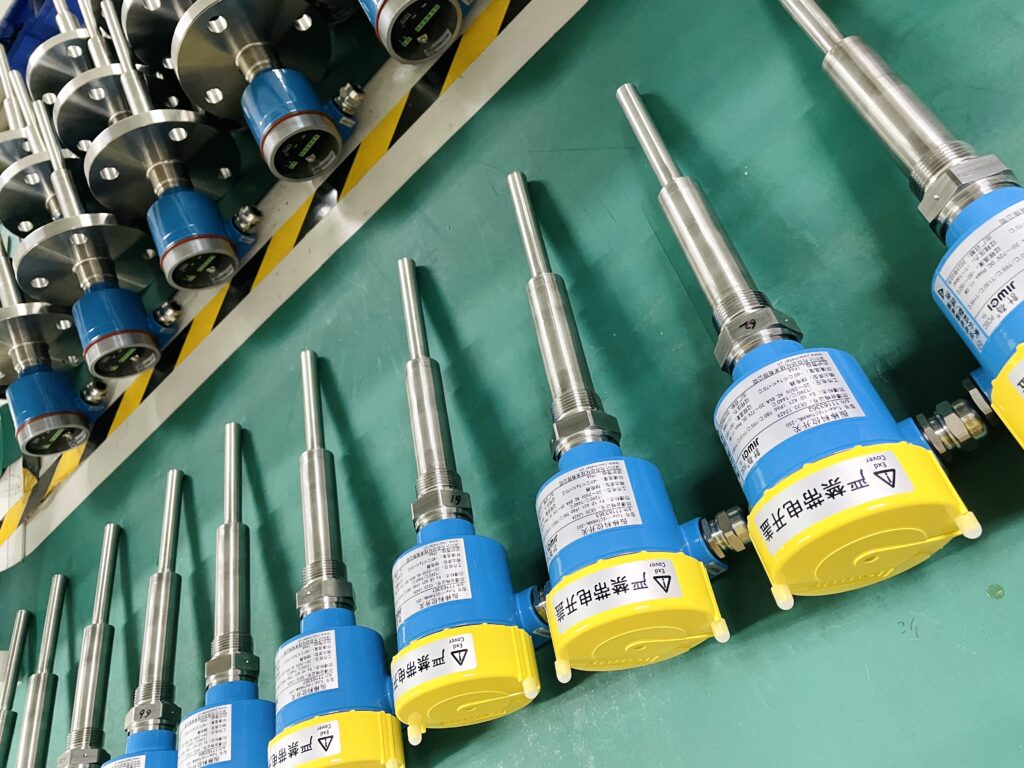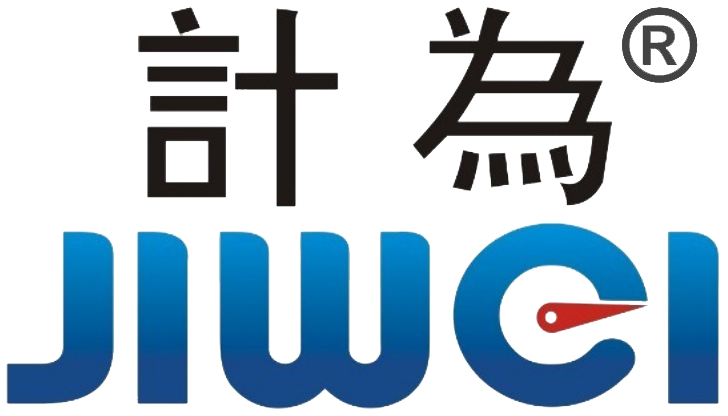Instrument Procurement in Industrial Automation
In today’s industrial automation, precision manufacturing, and research labs, instruments are critical. Their procurement affects production efficiency, safety, and long-term operating costs. Selecting technically sound yet competitively priced instruments from countless vendors is a major challenge for every procurement specialist. This article—authored by an industrial procurement manager with 20 years of experience—walks through the full procurement cycle and analyzes how to strike a balance between quality and cost, ensuring rational and sustainable purchasing decisions.

1. Precisely Define Procurement Requirements
At the early stage of instrument procurement, a clearly defined demand sets the course for accurate and impactful decisions down the line. This isn’t just a technical task—it’s the core of procurement management, influencing vendor selection, price negotiation, and contract drafting. Close collaboration with engineering, quality control, and technical departments ensures that requirements are comprehensive and precise.
- Technical Specifications
– Specify performance criteria such as measurement range, accuracy class, response time, sensitivity, and stability.
– For example, when buying a radar level gauge, clarify range, accuracy, and media density based on project needs, following international standards or industry norms. - Operating Conditions
– Document environmental factors: temperature, humidity, pressure, electromagnetic interference.
– For a tuning fork level switch, confirm actual pressure and temperature conditions. Choose instruments that reliably withstand those environments. - Compliance & Certification
– Ensure products comply with relevant standards (e.g., ISO 9001, ISO 17025, ATEX explosion-proof certification). - Total Cost of Ownership (TCO)
– In addition to purchase price, consider maintenance, operation, energy use—and optimize long-term costs accordingly.
Clear and rigorous requirement definition aligns procurement efforts with project objectives and avoids costly rework.

2. Market Research & Supplier Evaluation
Thorough market research and supplier evaluation are core to selecting instruments. Procurement staff should look beyond price, assessing vendor technical strength, product quality, delivery capability, and after-sales service to secure lasting, high-quality supply.
- Supplier Qualification
– Verify credentials: production capability, quality management systems (e.g., ISO 9001), high-tech enterprise status, R&D strength. - Track Record & References
– Evaluate past projects, client testimonials, and market reputation to assess vendor reliability. - Sample Testing & Technical Validation
– Request samples for onsite testing. If needed, engage third-party labs to verify compliance with technical specifications. - Production & Delivery Capacity
– Confirm if vendors can meet lead times and volume requirements. Choose RFQs or tenders based on procurement scale and scheduling.
Applying these criteria ensures the selection of the best candidate vendors.

3. Price Negotiation & Total Cost Control
Price negotiation is essential to balance cost and performance.
- Volume Discounts
– Use bulk orders to seek price benefits and incentives. - Market Benchmarking
– Compare pricing, tech specs, and services to ensure alignment with market levels and avoid overpaying. - Payment Terms & Financing
– Negotiate payment schedules—installments, credit periods—to alleviate financial pressure. - TCO Assessment
– Adjust cost structure by analyzing operation, maintenance, energy, and spare part costs together with procurement price.
Effective negotiation ensures maximum value from each purchase.

4. Quality Control & Acceptance Management
Quality assurance is key—especially for precision instruments, where quality dictates project success.
- Acceptance Criteria
– Contractually define tech benchmarks: accuracy, response time, and stability. - Third-Party Inspection & Sampling
– For large orders, perform sample inspections or hire independent verification to guarantee consistent quality. - Feedback & Defect Handling
– Document any issues during inspection and require vendor remedies within set deadlines, without compromising schedule.
Strict quality checks ensure instruments meet agreed specifications.
5. Supplier Management & Strategic Partnerships
Procurement is not a one-off purchase—it begins strategic, long-term vendor relationships. Managing suppliers ensures smooth budgets, delivery, and responsiveness.
- Performance Monitoring
– Regularly evaluate key metrics: quality, delivery punctuality, service response, using KPIs or SWOT analysis. - Long-Term Contracts
– Secure favorable pricing, lead times, and support by signing strategic agreements with top-performing vendors. - Risk Management
– Identify potential vendor risks—financial instability, delivery issues, quality fluctuations—and maintain contingency plans.
Strategic partnerships stabilize supply and enable ongoing optimization in cost and quality.

6. Contract Management & Legal Compliance
Contract rigor and legal oversight are fundamental to safe procurement.
- Detailed Contracts
– Clearly define: technical specs, delivery schedule, acceptance criteria, penalty clauses, confidentiality terms. - Legal Compliance Review
– Work with legal teams to ensure regulatory adherence and minimize contract risks. - Performance Monitoring
– Track vendor performance against contract milestones, quality checkpoints, and payment terms to mitigate breaches.
Well-structured contracts safeguard legal and delivery compliance throughout the procurement process.
Conclusion
Instrument procurement is a multi-dimensional process: requirement definition, market research, negotiation, quality control, supplier management, and legal compliance all intertwine. By adopting a systematic, disciplined approach, procurement professionals can secure high-quality, cost-efficient, and sustainable instrument purchases—ensuring project success from inception through operation.
instrument procurement, technical specifications, supplier evaluation, cost control, quality inspection, total cost of ownership, industrial automation, instrumentation sourcing
